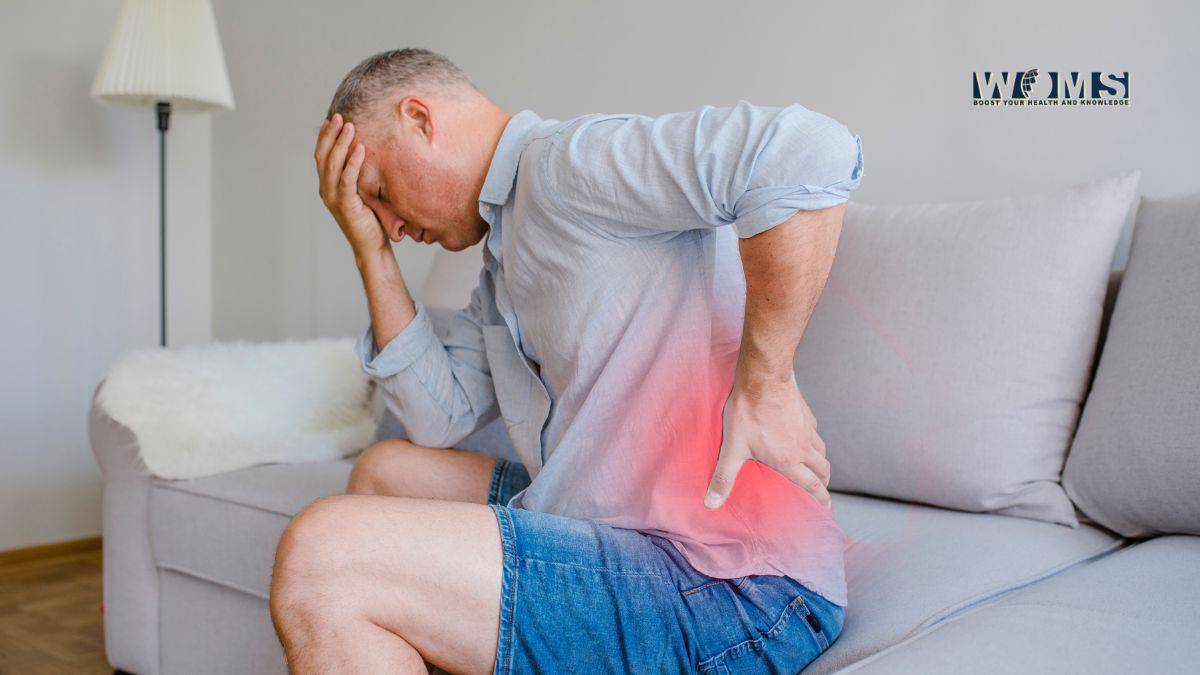Mapping the Facts of Chronic Back Pain

Chronic back pain is one of the most common and debilitating health conditions affecting individuals across the world. Defined as pain that persists for more than 12 weeks, chronic back pain can have a profound impact on a person’s quality of life, influencing their physical, emotional, and social well-being. It is often difficult to pinpoint a single cause, as chronic back pain can stem from a wide variety of underlying conditions, lifestyle factors, and genetic predispositions. This complexity makes it essential to understand the multifaceted nature of chronic back pain in order to develop effective treatment strategies and improve patients’ outcomes.
Prevalence and Impact
Chronic back pain is a global health issue, with estimates suggesting that up to 80% of people will experience back pain at some point in their lives. However, only a fraction of these individuals will develop chronic back pain. According to the World Health Organization (WHO), low back pain is the leading cause of disability worldwide, and it is a major contributor to missed workdays, reduced productivity, and increased healthcare costs. In fact, chronic back pain costs the global economy billions annually, not only through healthcare expenses but also due to lost wages and diminished work performance.
Causes of Chronic Back Pain
The causes of chronic back pain can vary greatly from person to person, and often, it is a combination of factors that leads to long-term pain. Some of the most common causes include:
- Degenerative Disc Disease: The discs between the vertebrae act as shock absorbers for the spine. Over time, they can lose hydration and elasticity, leading to a reduction in their ability to cushion the spine. This condition can cause the discs to bulge or rupture, resulting in nerve compression and pain.
- Herniated Discs: A herniated or slipped disc occurs when the soft center of a spinal disc pushes through a crack in the tough outer layer. This can irritate nearby nerves and cause pain, weakness, or numbness, particularly in the legs.
- Spinal Stenosis: This condition involves the narrowing of the spinal canal, which can compress the nerves traveling through the spine. Spinal stenosis often leads to symptoms like pain, numbness, and weakness in the back or limbs.
- Osteoarthritis: The natural wear and tear of the joints in the spine can lead to osteoarthritis, a condition that causes pain and stiffness in the affected areas. As the cartilage wears away, the bones in the spine can rub together, leading to inflammation and discomfort.
- Scoliosis and Other Postural Issues: Abnormal curvature of the spine, such as scoliosis, can place uneven pressure on the vertebrae and discs, leading to chronic pain over time. Poor posture and improper body mechanics can also contribute to misalignment and strain on the back.
- Muscle Strain: Repeated lifting, poor posture, or sudden movements can cause muscle strain. While these injuries are often acute, they can lead to chronic pain if not properly treated or if the individual continues to stress the affected muscles.
Risk Factors for Chronic Back Pain
Several factors can increase the risk of developing chronic back pain. Some of the most common risk factors include:
- Age: As individuals age, the risk of developing conditions like degenerative disc disease and osteoarthritis increases. The spine naturally undergoes changes with age, which can contribute to back pain.
- Physical Inactivity: A sedentary lifestyle can weaken the muscles that support the spine, increasing the risk of injury and chronic pain. Regular exercise, particularly strength training and stretching, is essential for maintaining spinal health.
- Obesity: Carrying excess weight places additional strain on the spine, increasing the risk of developing back pain and related conditions.
- Poor Posture: Sitting or standing with improper posture can lead to muscle imbalances and spinal misalignment, contributing to chronic back pain over time.
Treatment Options for Chronic Back Pain
Managing chronic back pain requires a multifaceted approach, often involving a combination of treatments to address the root causes and alleviate symptoms. Some common treatment options include:
- Physical Therapy: Physical therapists can design exercises and stretches to improve flexibility, strength, and posture, all of which help alleviate back pain. Physical therapy may also include techniques to retrain the body’s movement patterns to prevent further strain.
- Medications: Pain relievers, including nonsteroidal anti-inflammatory drugs (NSAIDs), muscle relaxants, and even opioids, may be prescribed to manage pain. However, medications are typically seen as a short-term solution due to the potential for side effects and dependency.
- Surgical Interventions: In some cases, surgery may be necessary if conservative treatments are ineffective. Surgical options can include discectomy, spinal fusion, or laminectomy, depending on the underlying cause of the pain.
- Alternative Therapies: Many individuals with chronic back pain turn to alternative treatments, such as acupuncture, chiropractic care, or massage therapy, to help relieve discomfort and improve function.
- Lifestyle Modifications: Weight management, improving posture, and staying active through regular exercise are key to preventing or alleviating chronic back pain.
Psychological Impact
Chronic back pain can also take a psychological toll, leading to depression, anxiety, and stress. The constant discomfort can create a cycle where emotional distress exacerbates the physical pain, and vice versa. Cognitive-behavioral therapy (CBT) is one effective treatment for helping individuals manage the emotional and mental aspects of chronic pain.
Conclusion
Chronic back pain is a complex condition that can arise from a variety of factors, making it a difficult issue to address. Understanding the underlying causes, risk factors, and treatment options is critical in managing and mitigating the impact of chronic back pain. With appropriate intervention, individuals can often reduce their pain, improve their quality of life, and regain the ability to engage in everyday activities. Despite its challenges, effective treatment plans that incorporate medical care, physical therapy, and lifestyle changes can significantly reduce the burden of chronic back pain.
Infographic provided by Revival Health And Wellness




